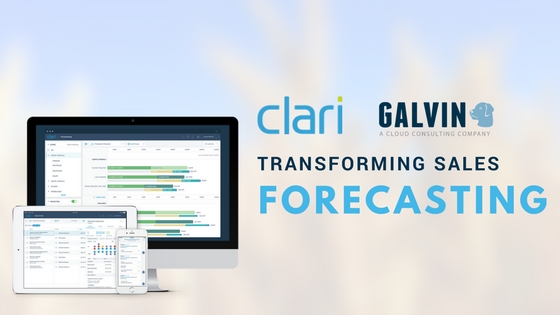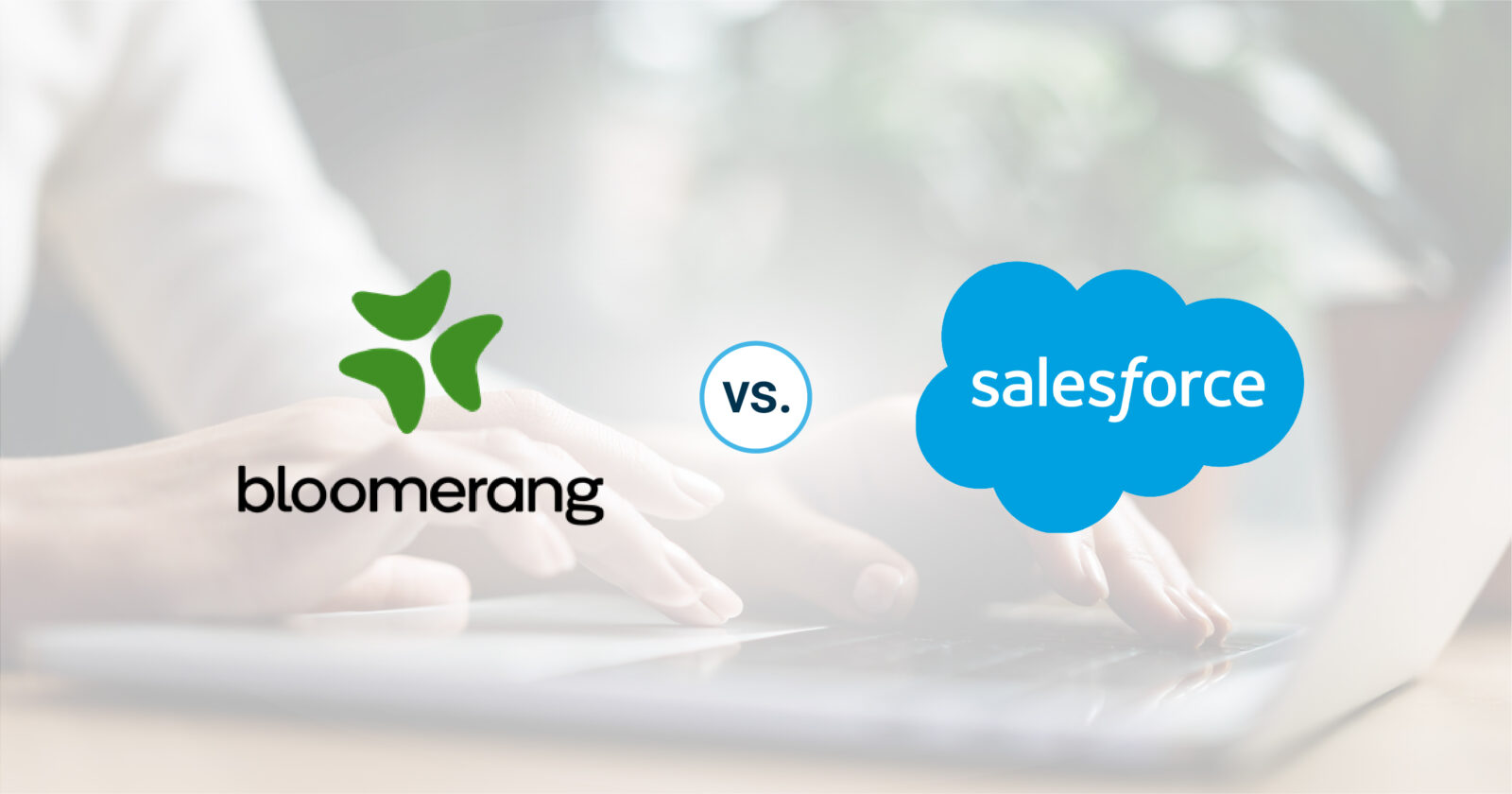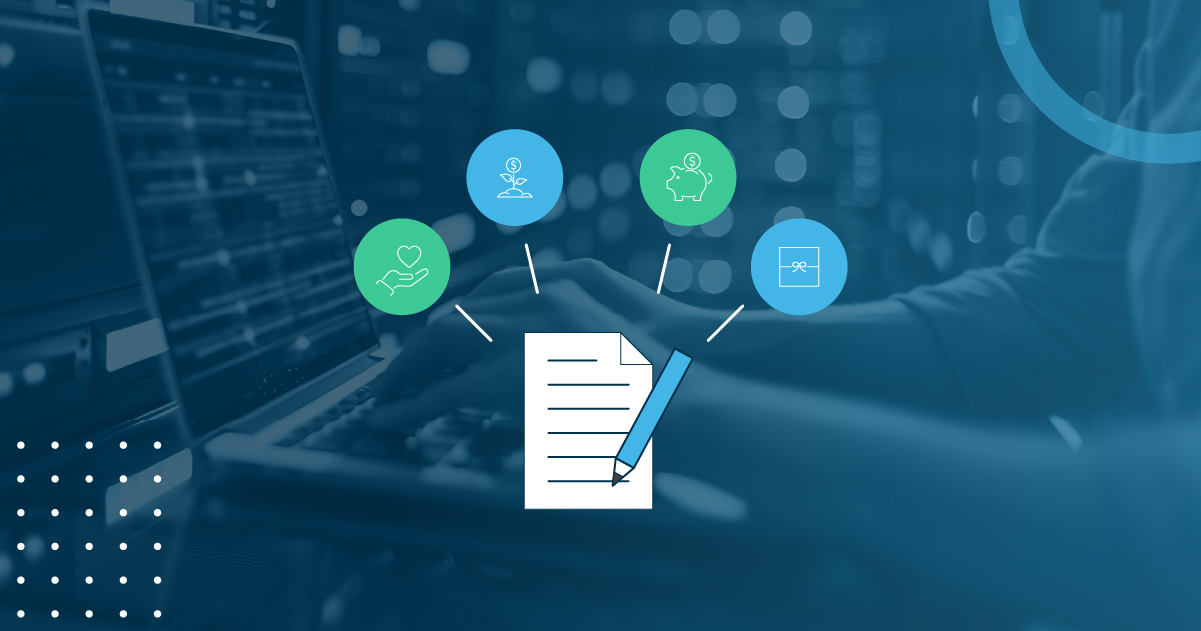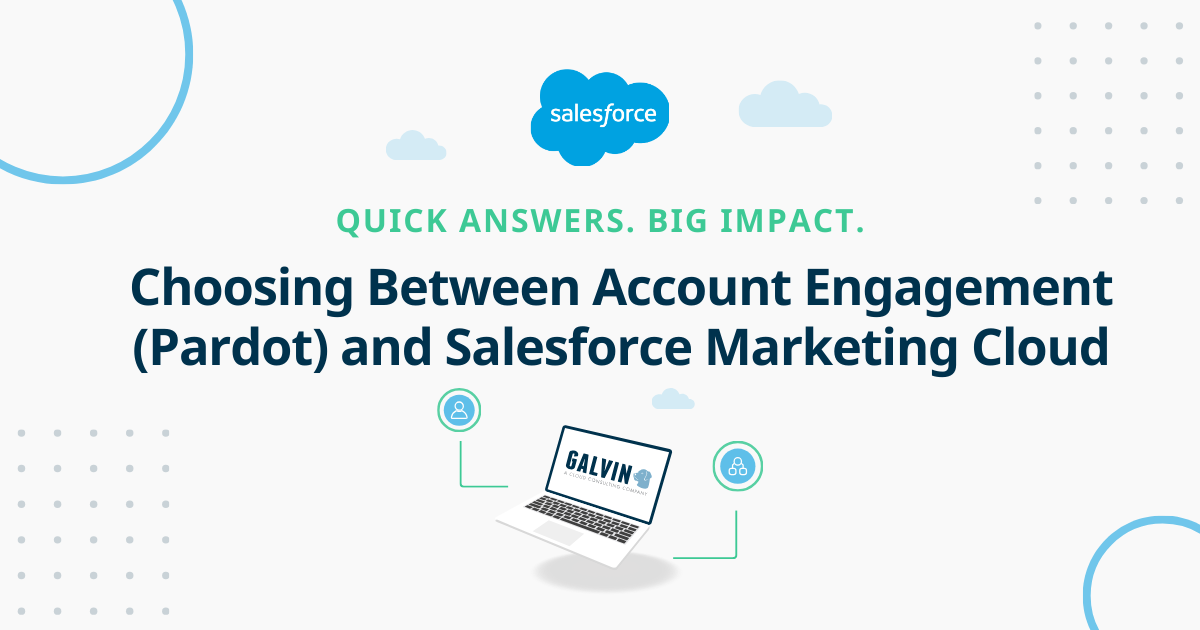Software as a Service: Licensing Multiple Units in the Digital Age
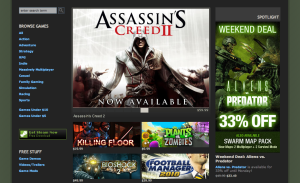
Valve, the Bellevue, WA-based video game development company, was already one of the most successful and highly-regarded businesses of its type when it again revolutionized computer gaming. Years before, Valve released the critically acclaimed first-person shooter Half-Life, to this day considered by many to be the greatest game to be released on the PC platform. A couple years Valve released the sequel, Half-Life 2 (2004), they released an online content delivery system they called Steam.
Originally, Steam was used as a way of purchasing and downloading Valve games online, as well as being the epicenter for Valve’s online multiplayer games. Despite starting relatively small and in-house, it was rather obvious just how important Steam was to the gaming community. Now, gamers could download and play the games as opposed to driving to a store to purchase a CD that could very easily be scratched or destroyed. Now, Valve has over 25 million users, over 1,000 titles from various different publishers available for purchase and download, and is estimated to control roughly 70% of the digital distribution market. What also makes Steam special is the ability for one user to download the same game on multiple PCs because each user has their own account name and password that can be accessed anywhere. If you download Half-Life 2 on your home computer, you can access Steam online via your laptop and download Half-Life 2 onto that one, as well. Thus, you don’t have to buy two different copies of Half-Life 2 to install on two different computers; the license-to-use needs only to be bought once.
You don’t have to be a gamer to enjoy the benefits of a Steam-like system. Businesses around the world are using similar systems known as Software as a Service or SaaS. Through an online third-party group (the gaming world equivalent being Steam), the user can access business applications and get software upgrades via the internet. This eliminates the need to equip every device with its own personal license for the software in question, greatly reducing cost. The compact disc also becomes irrelevant, and concerns about damage to the disc are rendered moot. The SaaS model of software access, for the usual monthly fee, is an innovative way for businesses to obtain access to software needed as opposed to licensing every unit in the business for use.


